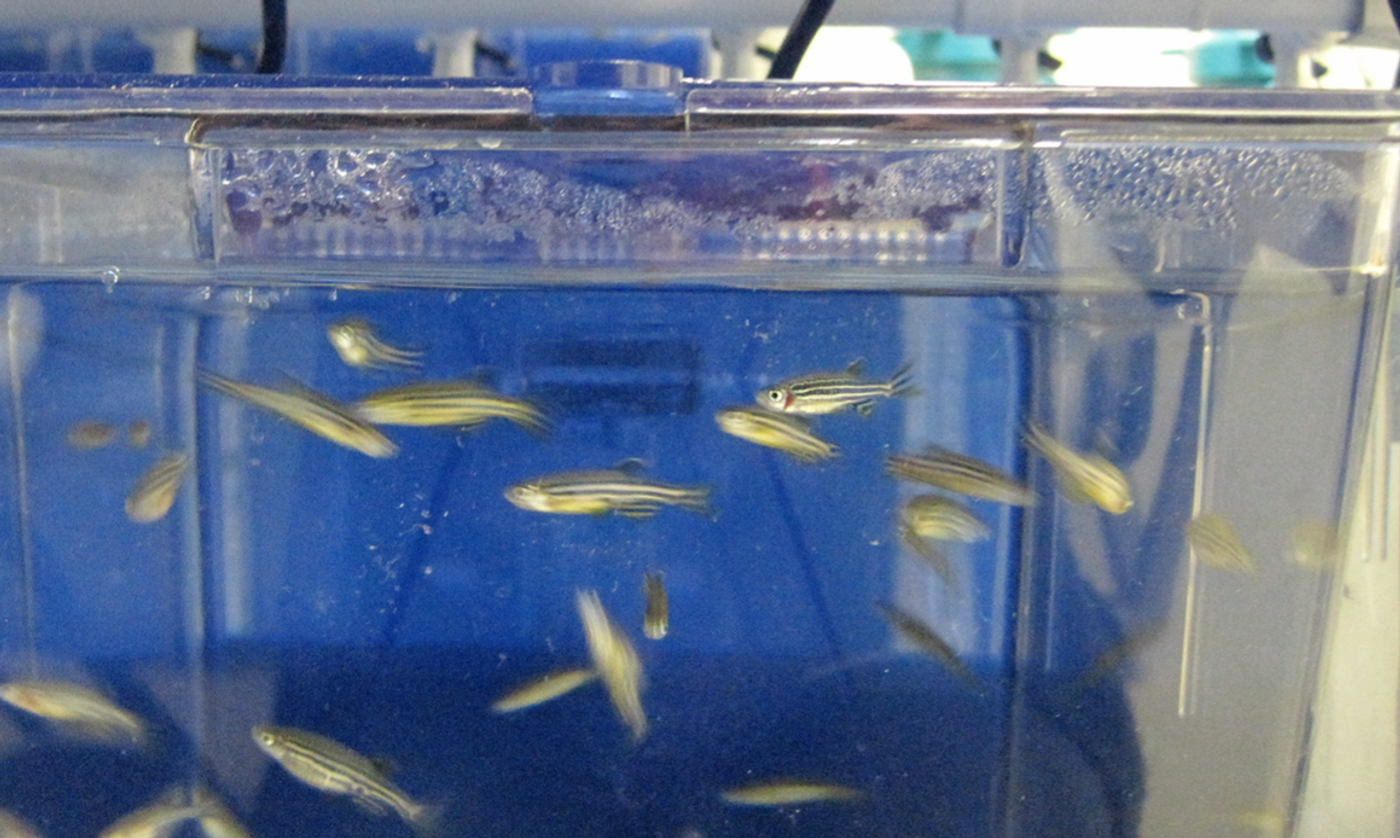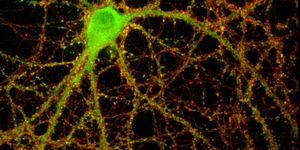New Epigenetic Signature Discovered in Zebrafish
Zebrafish are an excellent model organism for biomedical research studies. They generate large numbers of embryos that develop rapidly, and are transparent for the first few hours of life and even longer with chemical treatments. We also know a lot about their genome, and they have enough in common, from a genetic standpoint, with humans to act as a biological parallel. Scientists have now identified a new characteristic of the zebrafish genome.
Reporting in Nucleic Acids Research, the researchers determined that unusually high levels of repeats of the DNA sequence 'TGCT' in the zebrafish genome are tagged with an epigenetic marker known as a methyl group. Epigenetics refers to biochemical changes in the genomic sequence that are not permanent, but they are heritable and can affect gene expression. Methylation is one of the more common epigenetic features of the genome, and happens in plants and animals.
"We've revealed a new form of DNA methylation in zebrafish at TGCT repeats, and crucially, the enzyme that makes the modification," said Dr. Ozren Bogdanovic, head of the Developmental Epigenomics Lab at Garvan and Senior Research Fellow at the School of Biotechnology and Biomolecular Sciences, UNSW Sydney. "These findings open the field to new possibilities in studying the epigenome - the additional layer of instructions on DNA that change how genes are read - and understand how it may be clinically relevant."
"DNA methylation is vital to cellular function, as it controls which genes are turned on and off," noted first study author and graduate candidate Sam Ross.
It's been thought that methylation usually tends to happen in the genome where 'CG' sequences occur, but there are other places that are methylated. In Rett syndrome, for example, methylation occurs at places other than CG in the genome of brain cells.
This study showed that when TGCT was appearing multiple times together in zebrafish, there was also methylation. Additional work revealed that an enzyme called Dnmt3ba is crucial to the methylation of TGCT repeats in zebrafish.
"We were fascinated to see that methylation levels at TGCT repeats were higher than any non-CG methylation previously observed in the majority of adult vertebrate tissues," said Bogdanovic. "Further, this methylation was present at high levels in the sperm and egg, absent in the fertilized egg, and then appeared again in the growing embryo, reaching its highest levels in adult tissues such as the brain and gonads. While we are yet to reveal how this modification changes gene expression, we believe TGCT methylation to be linked to the 'awakening' of the embryonic genome in zebrafish."
More work will have to be done to determine whether this is happening in other species including humans.
"While it's unclear if a similar modification occurs in animals more broadly, our discovery in zebrafish is significant, because it means we can start to selectively manipulate this atypical form of methylation in a model organism. It means we can change the levels of Dnmt3ba to see what happens when we remove just one form of methylation, but not another," added Bogdanovic.
"This could greatly facilitate our understanding of how changes in atypical methylation patterns affect specific tissues such as the brain, to gain further insights into the molecular mechanisms of neurodevelopmental disorders," Bogdanovic concluded.
Sources: AAAS/Eurekalert! via Garvan Institute of Medical Research, Nucleic Acid Research









